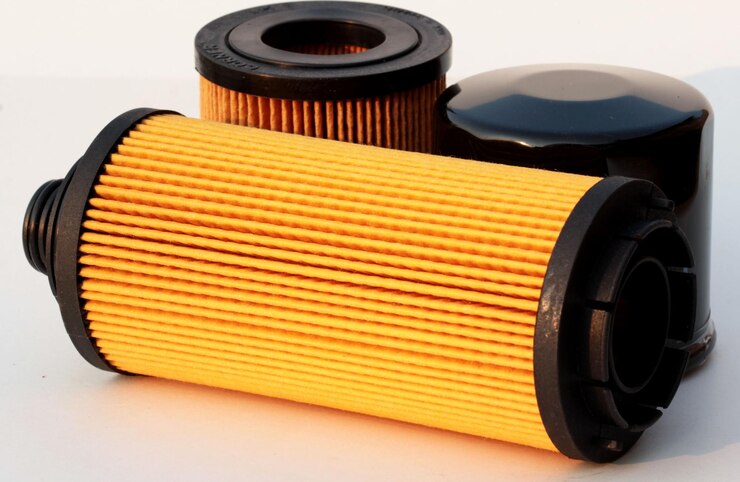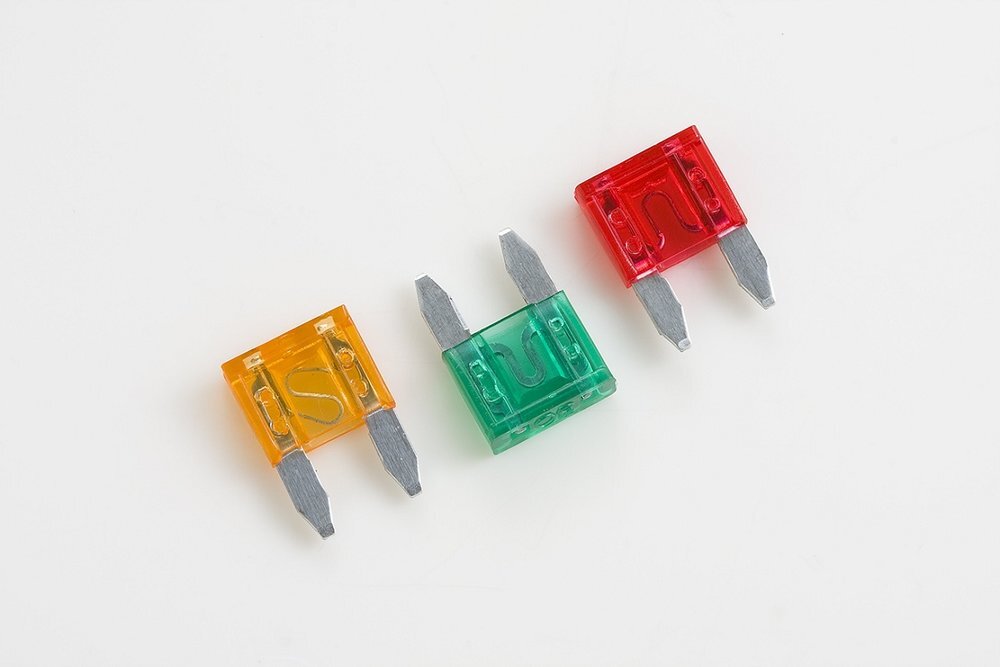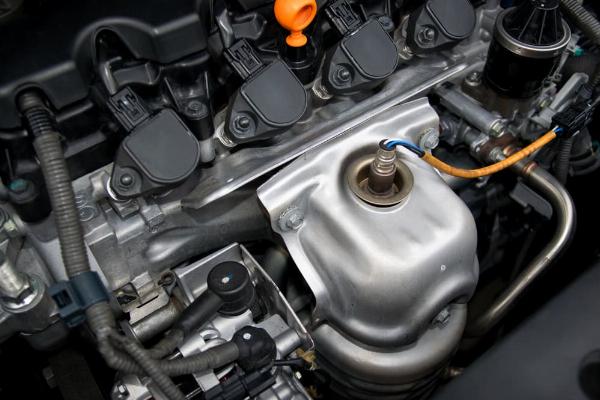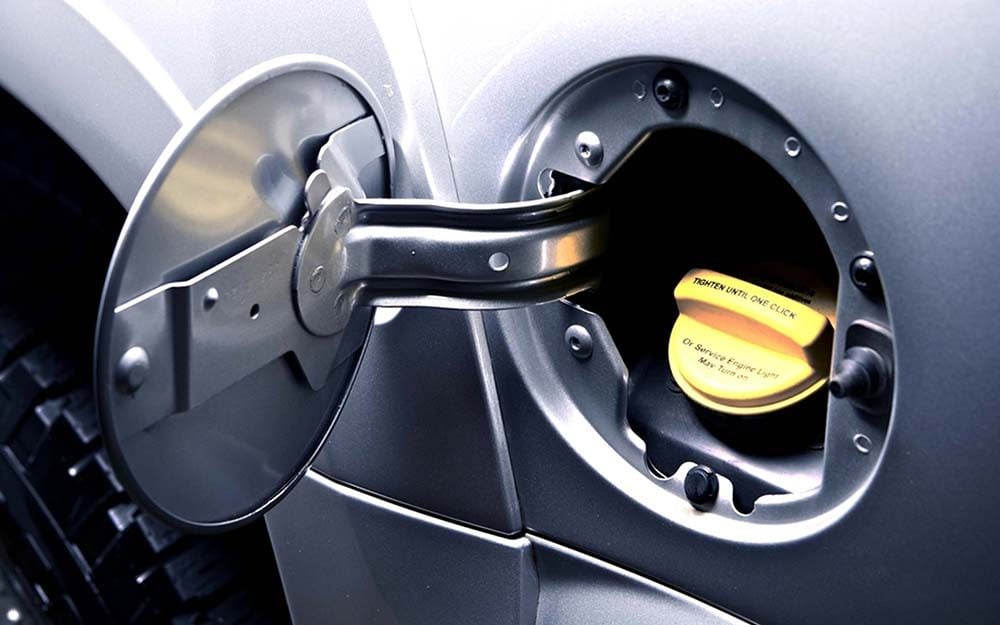 Core Web Vitals Boost – Speed Up Your Site & Your SEO!
Core Web Vitals Boost – Speed Up Your Site & Your SEO!
Resistance Welding Machine Market Set for Robust Growth as Automotive Demand Surges
Written by Survey » Updated on: June 17th, 2025
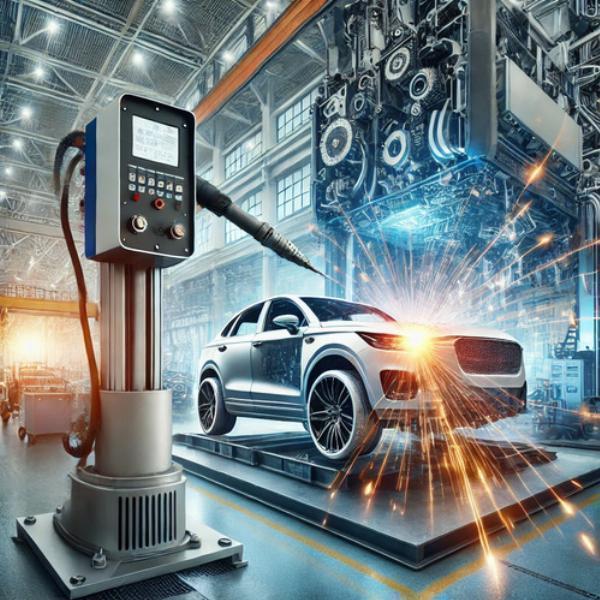
The Resistance Welding Machine Market is witnessing a robust growth trajectory, largely propelled by the increasing demand in the automotive industry. As manufacturers strive to enhance the production efficiency of vehicles, resistance welding machines, known for their precision and durability, have become indispensable. The market is projected to grow at a compound annual growth rate (CAGR) of 5.5% from 2023 to 2030, reflecting the expanding scope of this technology across various industries, especially automotive manufacturing.
Introduction to Resistance Welding Machines
Resistance welding is a widely used process in metal joining, where heat is generated by passing electrical current through the contact points of the materials to be welded. This process is preferred for its high-speed production, consistent weld quality, and the ability to weld materials of varying thicknesses. In industries like automotive, aerospace and electronics, resistance welding machines are extensively used due to their ability to deliver strong, durable welds in a short time frame.
Resistance welding machines include several types, such as spot welding, seam welding, projection welding and flash welding machines. Each type has its own specific applications, making resistance welding versatile and suitable for various industrial tasks.
Market Growth Driven by Automotive Industry
The automotive sector is one of the primary drivers of the resistance welding machine market. Automakers are increasingly relying on advanced welding technologies to meet the rising production demands, stringent safety standards and consumer expectations for vehicle performance. With automotive manufacturing shifting towards lightweight materials, such as high-strength steels and aluminum alloys, the role of resistance welding machines has become even more critical. These machines provide high-quality welds, essential for assembling body frames, structural components and even battery systems in electric vehicles (EVs).
The global shift towards electric vehicles (EVs) has created a heightened demand for resistance welding machines. EV manufacturing requires advanced welding processes to assemble battery packs, electric motors and lightweight chassis. As automakers ramp up EV production, they are heavily investing in sophisticated welding solutions to ensure the safety, efficiency, and longevity of their vehicles.
Key Players in the Resistance Welding Machine Market
Several key players dominate the global resistance welding machine market, offering cutting-edge solutions tailored for various industrial applications. Some of the prominent manufacturers include:
NIMAK GmbH: A leading provider of resistance welding machines, particularly in the automotive sector. NIMAK is known for its innovative spot welding and projection welding machines.
Fronius International GmbH: Known for its expertise in welding technology, Fronius offers advanced resistance welding systems that cater to automotive and industrial applications.
ARO Welding Technologies: Specializes in resistance welding solutions for the automotive industry, offering machines that ensure high-strength welds and enhanced production efficiency.
TECNA S.p.A: An Italian manufacturer known for its wide range of resistance welding machines, including spot welders and seam welding machines.
These companies are continuously developing new technologies and expanding their product portfolios to meet the growing demand for high-performance welding machines.
Emerging Technologies in Resistance Welding
As the demand for precision and efficiency grows, manufacturers are investing in advanced technologies that enhance the performance of resistance welding machines. Several emerging technologies are transforming the resistance welding landscape:
1. Automation and Robotics Integration
The integration of robotics in welding processes is revolutionizing the manufacturing sector. Robotic resistance welding machines are being deployed in assembly lines, particularly in the automotive sector, to increase production speed and accuracy. Automated welding systems ensure consistent weld quality, reduce human error and enable manufacturers to scale up production without compromising on precision.
2. Advanced Control Systems
New control systems in resistance welding machines allow operators to precisely monitor and adjust welding parameters in real time. These systems provide greater control over current, voltage and force applied during welding, resulting in higher weld integrity. With advanced control systems, manufacturers can optimize welding processes for different materials, ensuring stronger joints and improved production efficiency.
3. Energy-Efficient Welding Machines
As industries push towards sustainability, energy efficiency has become a key consideration. Resistance welding machines that consume less power while delivering high-quality welds are gaining traction. Innovations in power electronics and current control are enabling the development of energy-efficient welding systems, which not only reduce operational costs but also lower the environmental impact.
4. Data-Driven Welding
The integration of data analytics and artificial intelligence (AI) into welding systems is transforming how manufacturers monitor and optimize their welding operations. AI-powered systems can analyze large datasets to predict welding outcomes, reduce downtime, and improve overall production efficiency. These systems provide real-time feedback, allowing operators to make adjustments during the welding process, ensuring consistent quality across production runs.
Regional Trends in the Resistance Welding Machine Market
The global resistance welding machine market is segmented across key regions, including North America, Europe, Asia-Pacific, Latin America and the Middle East & Africa. Each region presents unique growth trends, influenced by industrial developments, government regulations and economic conditions.
1. North America
The North American market is experiencing strong growth due to the expanding automotive and aerospace industries. The U.S. is a major hub for resistance welding technology, with automakers and defense contractors investing heavily in advanced welding solutions. The region is also home to several leading resistance welding machine manufacturers who cater to the growing demand for high-strength, lightweight welds.
2. Europe
Europe remains a key player in the resistance welding machine market, driven by its robust automotive industry. Countries like Germany, France and Italy are leading adopters of resistance welding technology, particularly in the production of electric vehicles and high-performance automobiles. The region’s focus on sustainability has also accelerated the adoption of energy-efficient welding machines.
3. Asia-Pacific
The Asia-Pacific region is expected to witness the highest CAGR during the forecast period, primarily due to the rapid growth of the manufacturing sector in countries like China, Japan and India. The region's thriving automotive and electronics industries are major contributors to the demand for resistance welding machines. With increasing industrialization and government initiatives to boost manufacturing, Asia-Pacific presents a lucrative market for welding technology.
4. Latin America and Middle East & Africa
These regions are gradually expanding their resistance welding capabilities, driven by the growing automotive and construction sectors. While still emerging markets, Latin America and the Middle East & Africa are investing in modernizing their manufacturing processes, creating opportunities for resistance welding machine manufacturers.
Challenges and Opportunities
While the resistance welding machine market is set for growth, several challenges need to be addressed. One major challenge is the high initial cost of advanced welding machines, which can be a barrier for small and medium-sized enterprises (SMEs). However, the long-term benefits of automation and energy efficiency outweigh the initial investment, making these machines cost-effective in the long run.
The increasing focus on lightweight materials, particularly in the automotive and aerospace industries, presents a significant opportunity for the resistance welding machine market. As manufacturers adopt new materials like aluminum and composites, resistance welding machines are being adapted to handle these materials, opening new avenues for market growth.
Conclusion
The global resistance welding machine market is poised for robust growth, driven by increasing demand from the automotive, aerospace and electronics industries. With advancements in automation, energy efficiency and data-driven welding, the market is evolving to meet the needs of modern manufacturing. As key players continue to innovate and expand their product offerings, the resistance welding machine market will remain a crucial component of industrial production processes.
With a projected CAGR of 5.5% through 2030, the future of the resistance welding machine market looks promising, offering exciting opportunities for businesses across the globe. Whether through technological innovations or expanding regional markets, resistance welding is set to play a pivotal role in the future of industrial manufacturing.
Note: IndiBlogHub features both user-submitted and editorial content. We do not verify third-party contributions. Read our Disclaimer and Privacy Policyfor details.
Copyright © 2019-2025 IndiBlogHub.com. All rights reserved. Hosted on DigitalOcean for fast, reliable performance.


